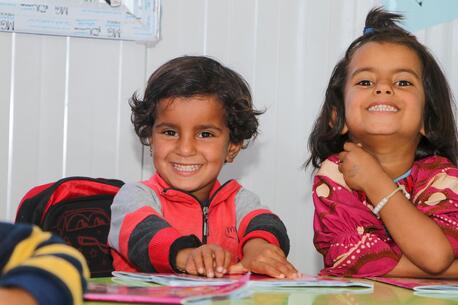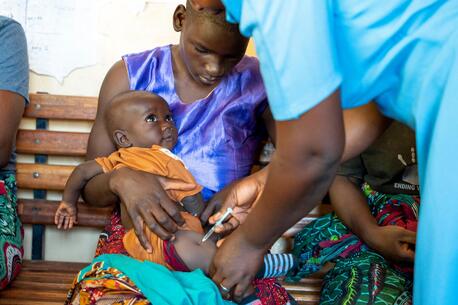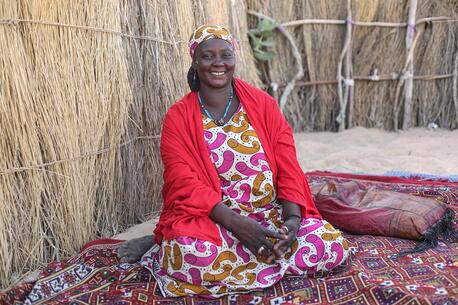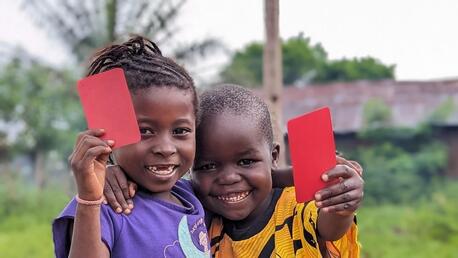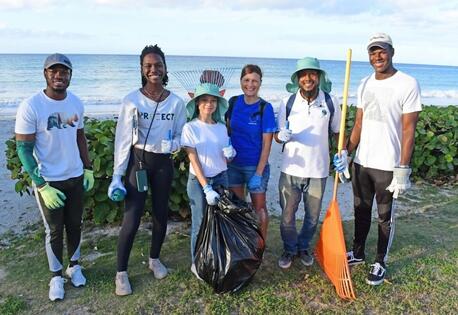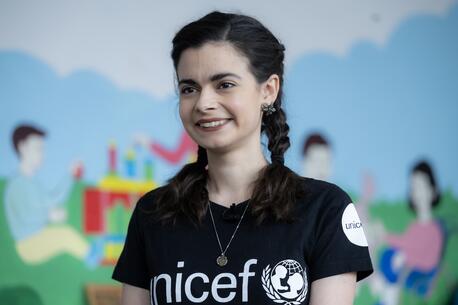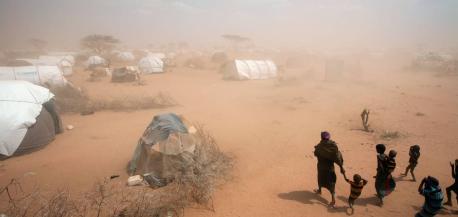
UNICEF in the
Horn of Africa
A malnutrition crisis grips the Horn of Africa — the result of the region's worst drought in decades, an effect of climate change — endangering millions of children's lives.
A climate-induced disaster: the worst drought in 40 years
Severe drought, coupled with rapidly increasing food prices related to the war in Ukraine, has deepened food insecurity across the Horn of Africa — creating a child malnutrition emergency in Africa's easternmost region.
Kenya, Ethiopia and Somalia have been hit especially hard. The crisis is considered one of the worst climate change-related disasters of the past 40 years, impacting nearly 37 million people, including over 20 million children.
Five consecutive failed rainy seasons decimated crops, killed livestock and destroyed livelihoods. Severe shortages of water and pasture have pushed families out their homes and fomented conflict between communities.
Over 25 million people in the Horn region lack access to safe water, including 14 million children.
UNICEF accelerated humanitarian assistance efforts in the Horn to avert famine and child deaths. Severe acute malnutrition in children is life-threatening.
15 million children out of school due to Horn of Africa drought and displacement crisis
Over 1.5 million people have been displaced, at great risk to children's health, safety and well-being. Some 15 million children in the region are out of school, with another 3 million at risk of dropping out due to the drought.
How is UNICEF responding to the Horn of Africa malnutrition crisis?
Together with partners, UNICEF is working to reach and treat malnourished children as their numbers continue to soar. UNICEF remains the world's largest single procurer of Ready-to-Use Therapeutic Food (RUTF), a nutritious peanut paste and highly effective treatment for severe acute malnutrition.
UNICEF is also accelerating efforts to improve access to safe water and sanitation and strengthen delivery of primary health care services including child immunization, among other emergency interventions.
Learn how UNICEF-supported water systems are offering a lifeline to children and women in Turkana County, Kenya.
Learn how UNICEF responds to food crises globally.
Learn more about how UNICEF is working to address climate change and its impacts on children and vulnerable communities.
Donate today to help UNICEF scale solutions that are working.
